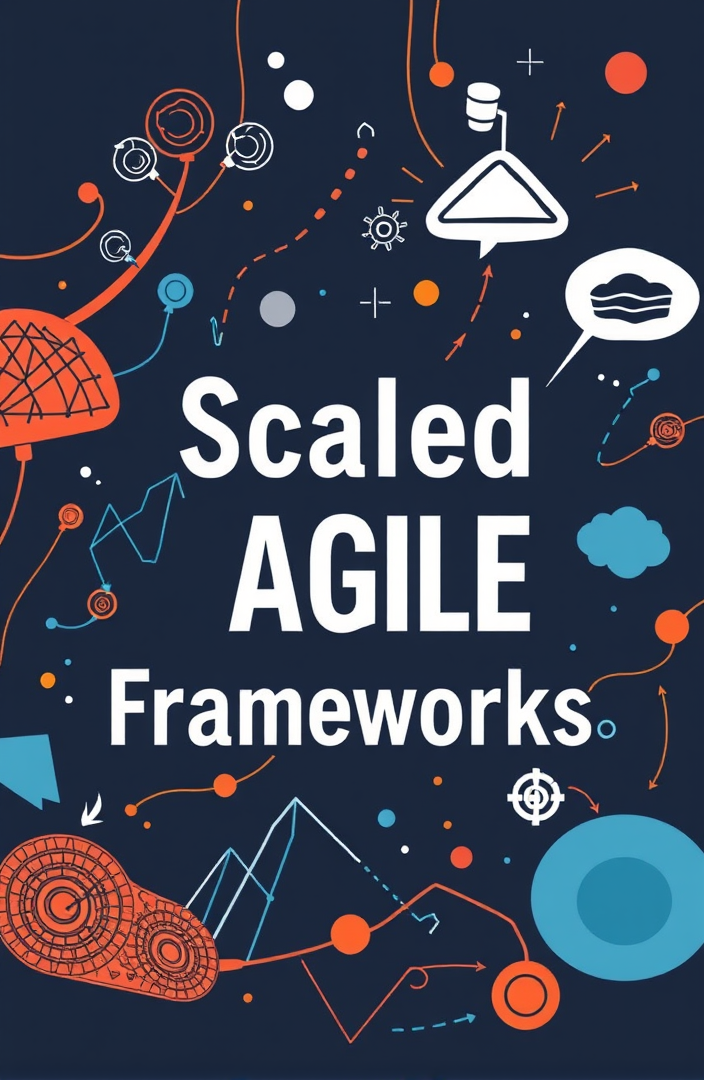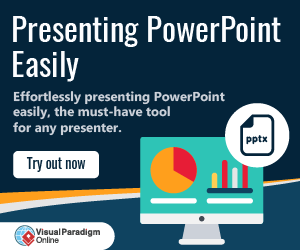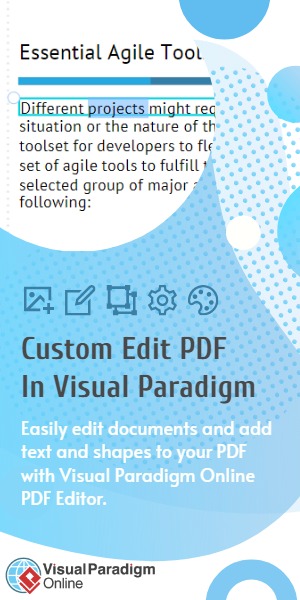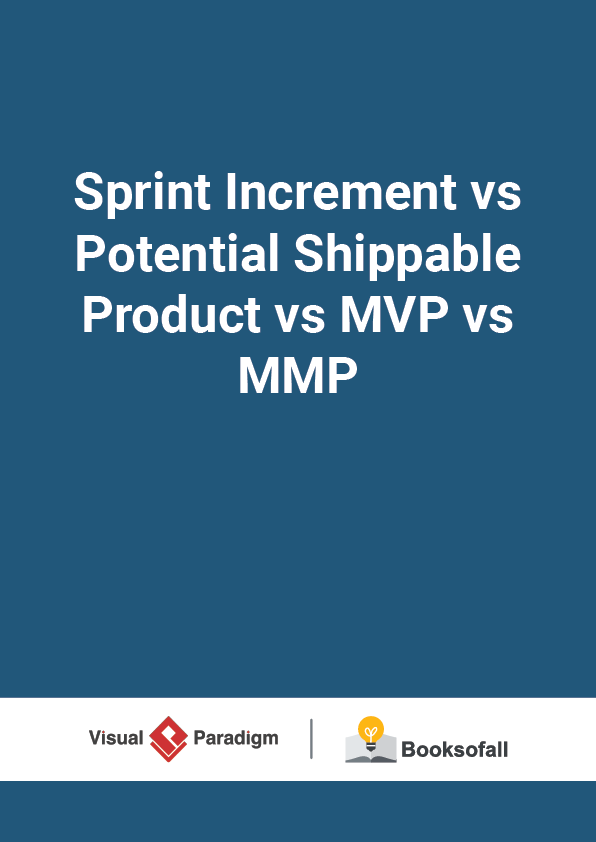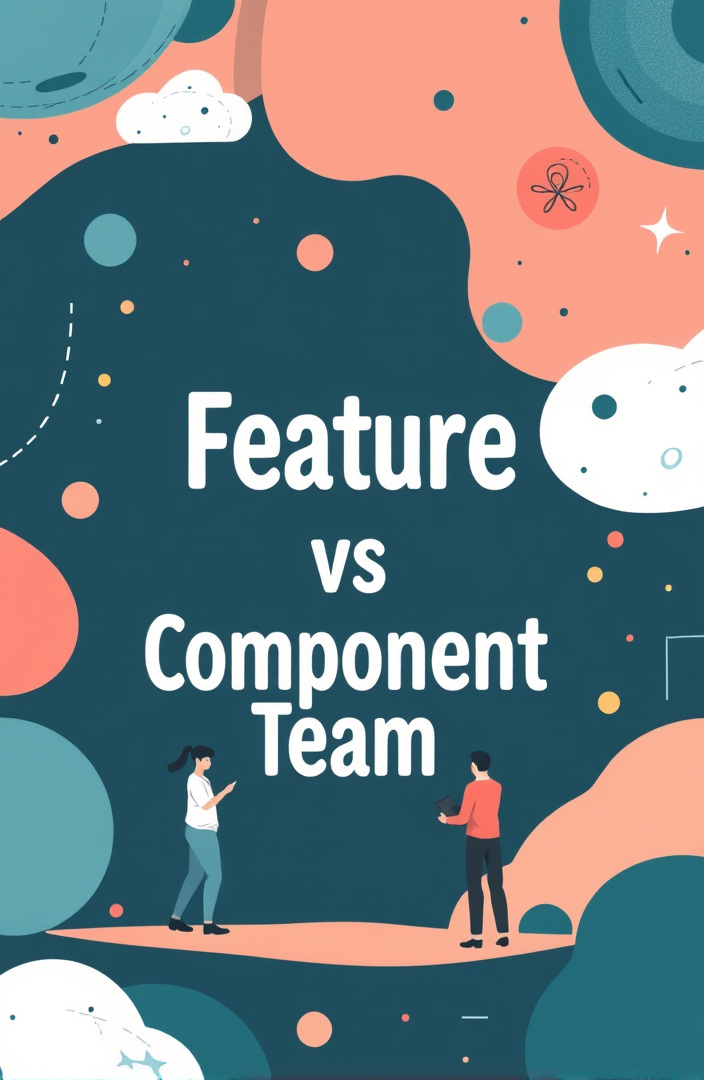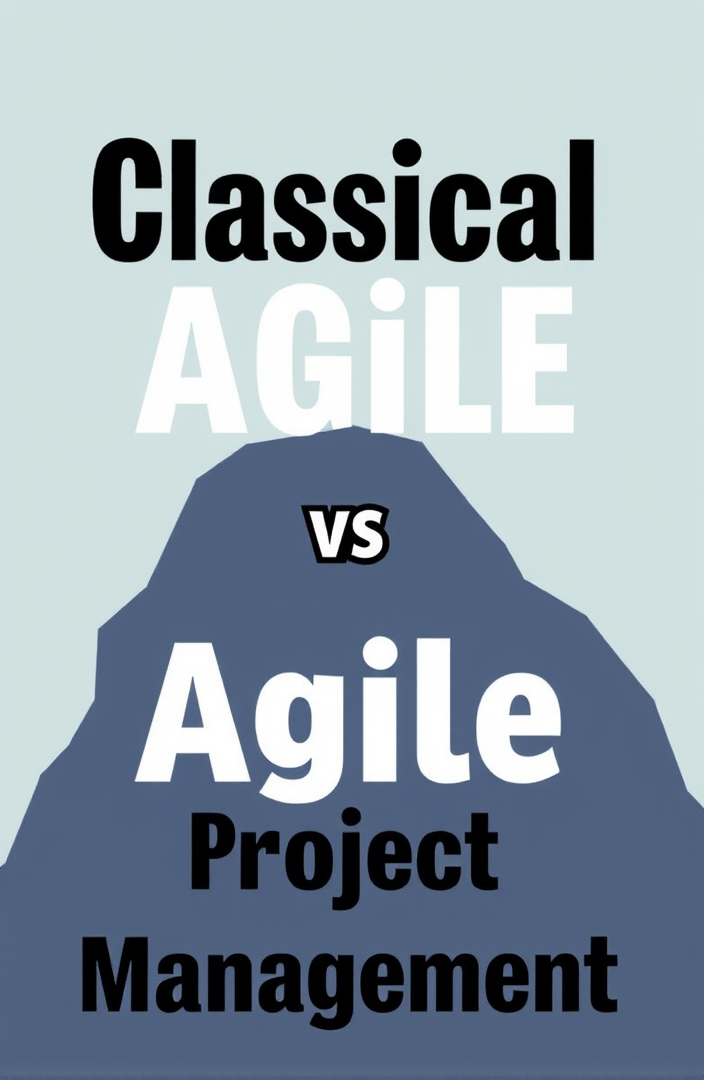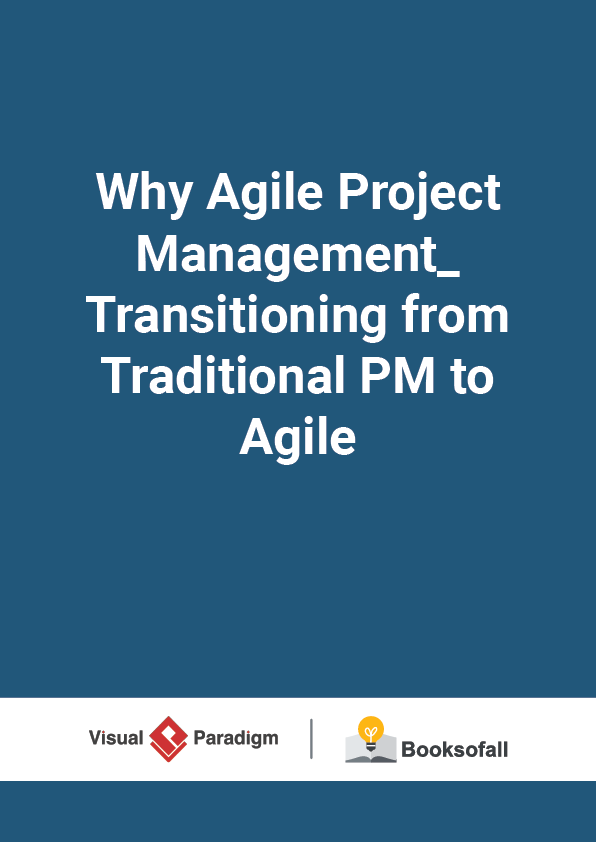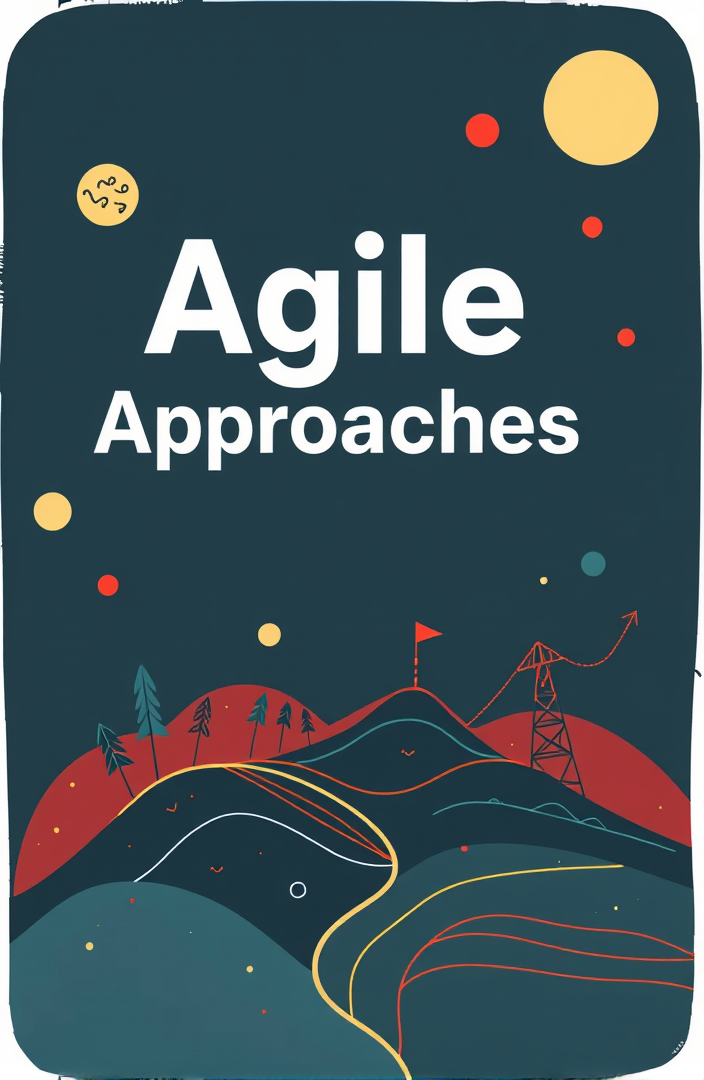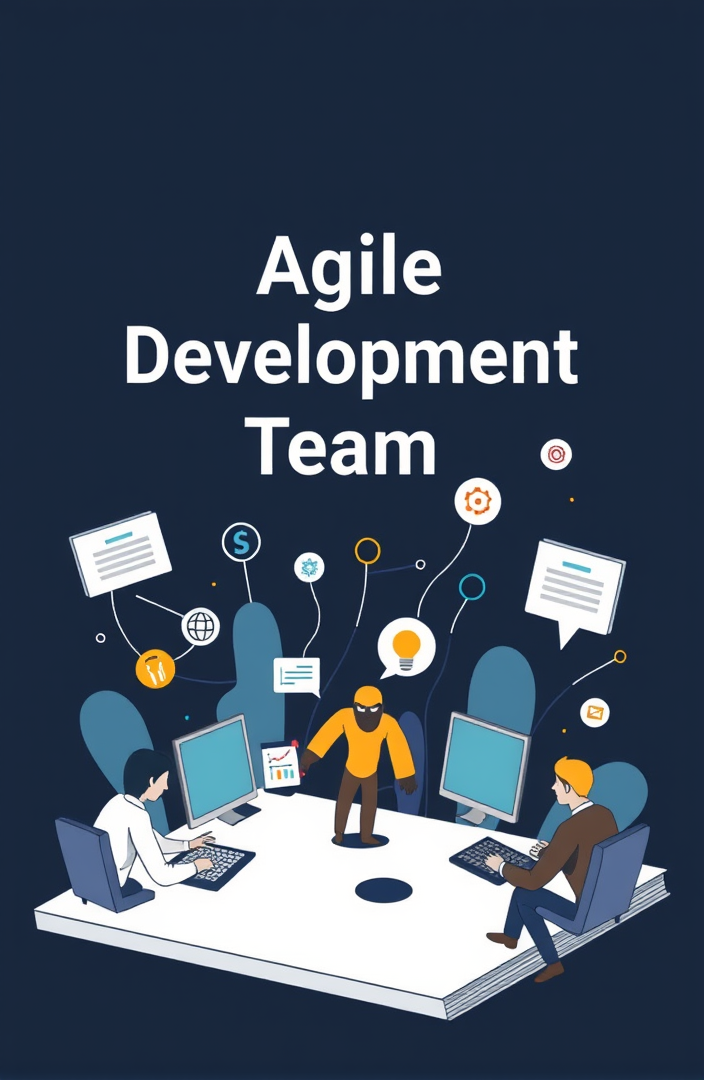Comparison of Scaling Agile Frameworks: Which one Should you Choose?
13-17 minutes
Nowadays, with the development of new products and services getting larger and more complex, organizations continuously investigate and explore frameworks that will ensure initial business value, secure time and cost, and lower its delivery risk. Coupled with the fast changes in technology and market innovations, the popularity and clear superiority of the agile frameworks are becoming evident regarding its benefits and the value it can produce.
There are many methods or frameworks well-proven agile methods such as Scrum, XP, and Kanban. These agile methodologies focus on being adaptive to change and creating software iteratively. It has been widely practiced by teams of small sizes. Meanwhile, several scaling agile frameworks look to solve the problems associated with agility at scale. These framework set down the guidelines, techniques, and processes, roles and artifacts which ensure that working with hundreds of practitioners, remains coordinated and easy to manage.
The leading frameworks are Nexus, Large-Scale Scrum (LeSS), Scaled Agile Framework(SAFe) and Disciplined Agile (DA), how these frameworks differ or which one works best. In this article, we will cover the four popular scaling agile frameworks.
The Maturity Requirements for Scaling Agile Teams
Before the scaling agile methods are introduced, we better review what is the level of maturity of the agile team that should have to minimize the risks for the adoption of a scaled agile approach on an enterprise scale. According to The creator of LeSS Craig Larman, the prerequisite for adopting a scaling agile method for multiple agile teams is that:
- All these teams should all be structured as cross-functional and self-organizing Scrum teams.
- The teams vertically slice requirements into the smallest possible increments that can be deployed independently.
- Teams are also expected to focus on technical excellence such as doing continuous integration and automated regression testing. At the end of every sprint, the teams should have a potentially deployable product.
Only if each of the agile teams has the above characteristics of agility, the organization can be more comfortably adopt scaling agile method, so that we can dealing with the potential problems such as cross-team dependencies, or scheduling of release coordination for deliverables.
What is Nexus Framework?
Ken Schwaber and Scrum.org developed Nexus, and it is just simply a framework that implements scrum at scale across multiple teams to deliver a single integrated product. Teams work in a common development environment and are focused on producing a combined increment every sprint with minimal dependencies.
It can be applied to 3-9 scrum teams. Each team consists of 3 to 9 developers. Therefore, it is not recommended to be scaled to more than 9 teams and thus, not more than eighty practitioners. Nexus is a framework that you build upon Scrum but doesn’t change that foundation of Scrum. The Nexus framework adds a new role, the Nexus Integration Team, and events: a Nexus Daily Scrum, a Nexus Sprint Planning, Nexus Sprint Backlog, and Nexus Sprint Retrospective and Refinement in the Nexus framework.
Note That:
- Product Owners? No, there are no Product Owners in each team. One project has only one Product Backlog and one Product Owner, to minimize complexity, and ensure that prioritization is done properly.
- Each team still needs a Scrum Master, and since this role is not necessarily full-time, one person can be the Scrum Master for more than one team. However, not more than one Scrum Master would be assigned to one team.
- Multiple teams should ensure that they can create a product increment with the combined skills of everyone on the team. If the team has cross-functional skills, it will be easier for the team to collaborate and create a potentially releasable product increment each Sprint.
